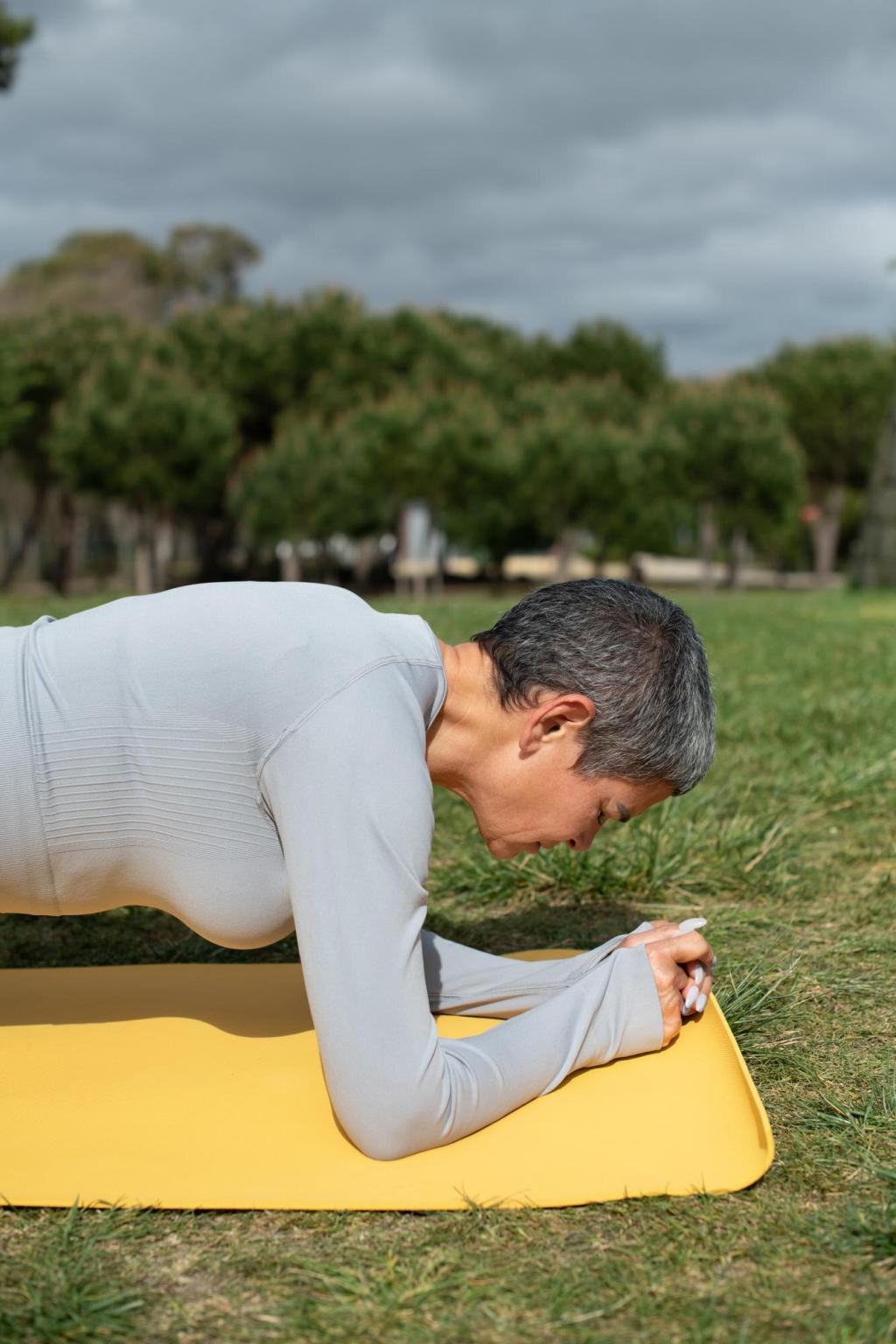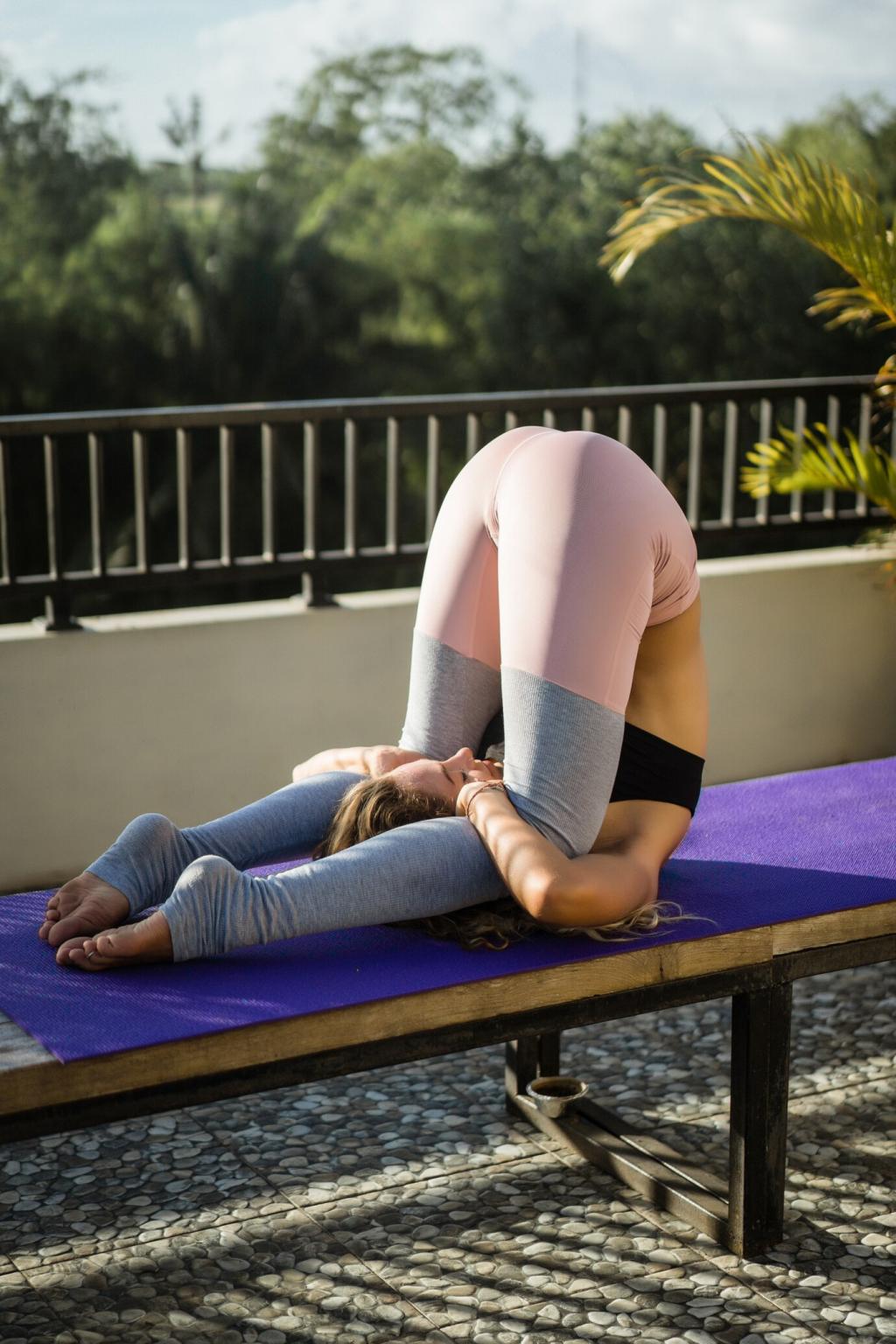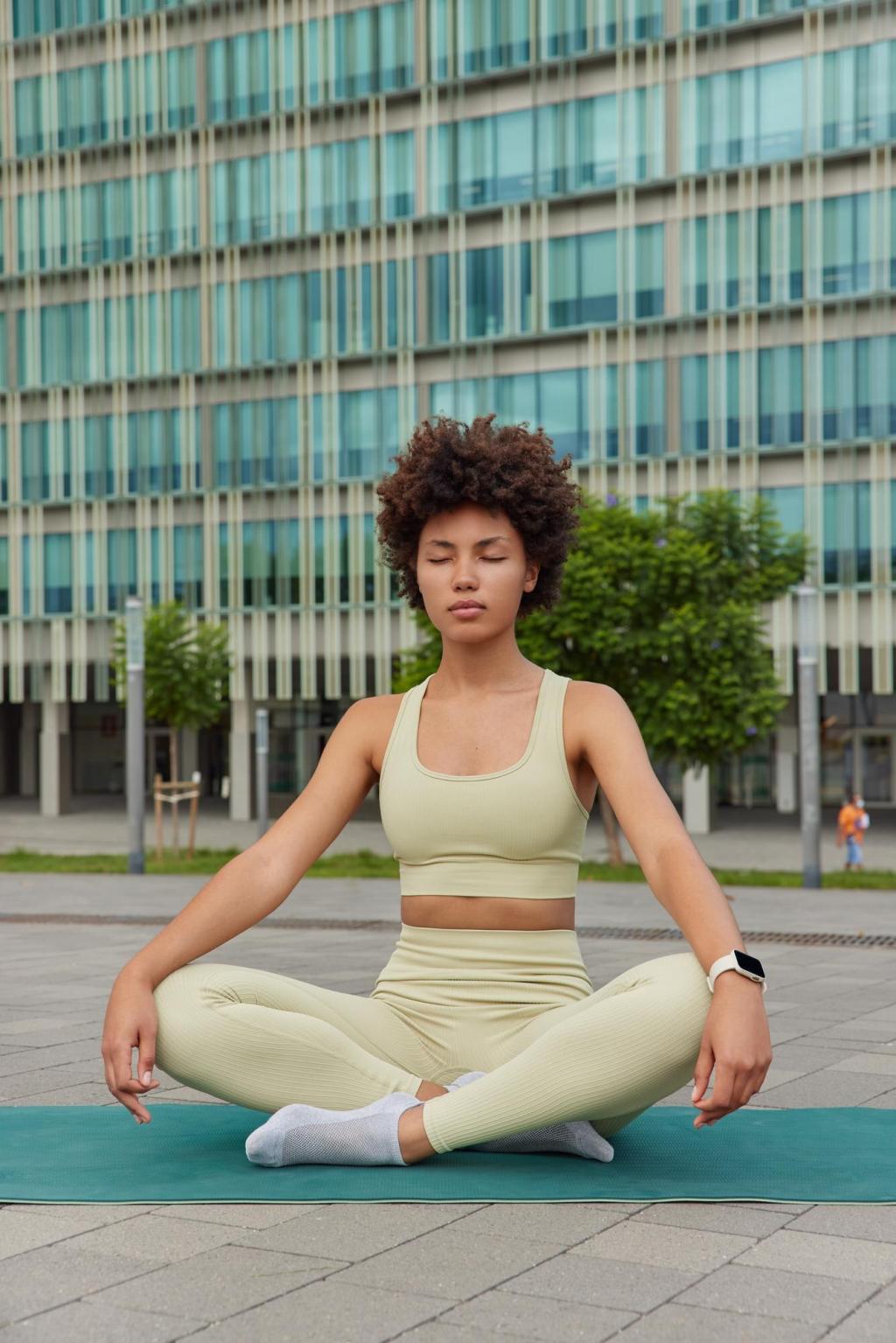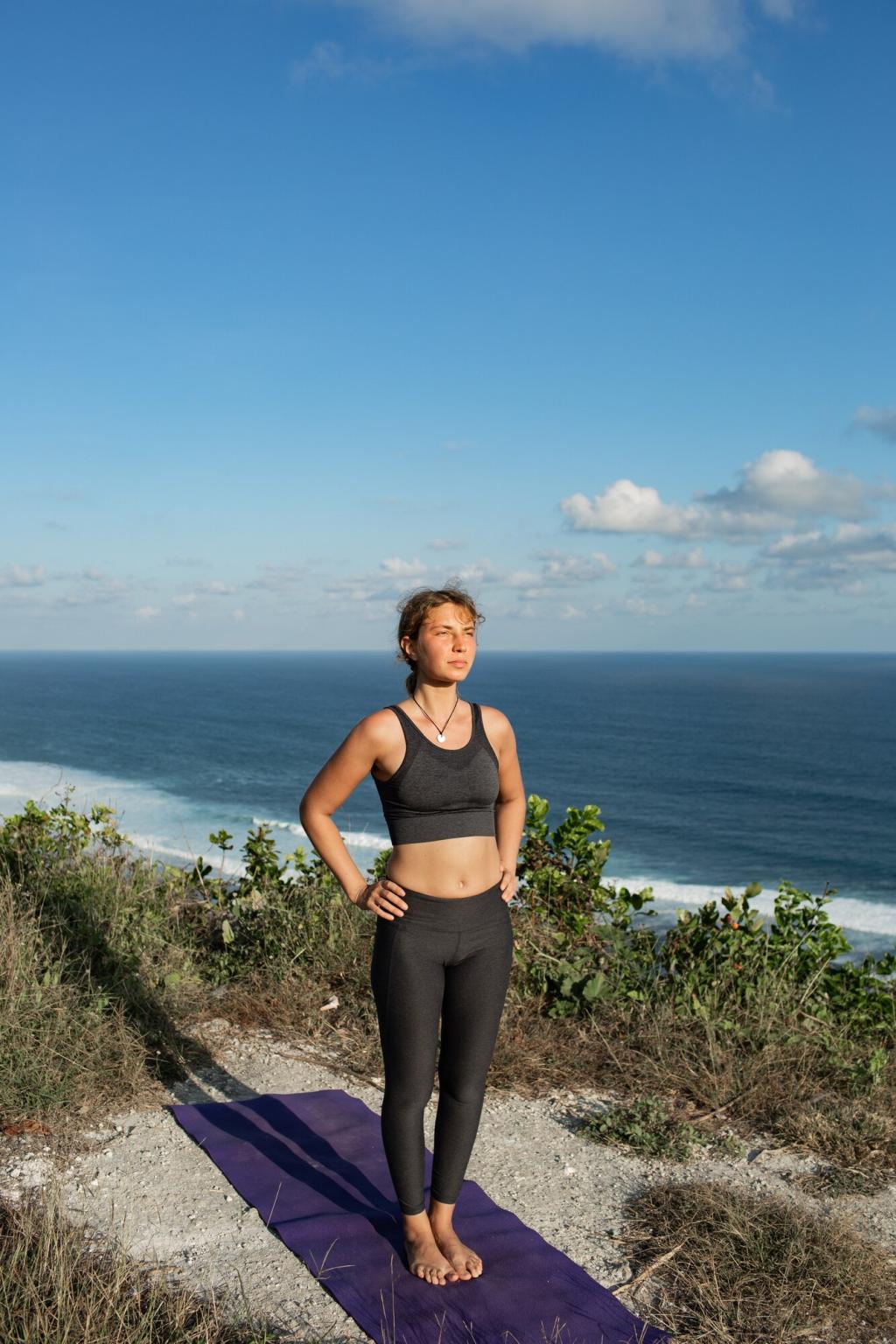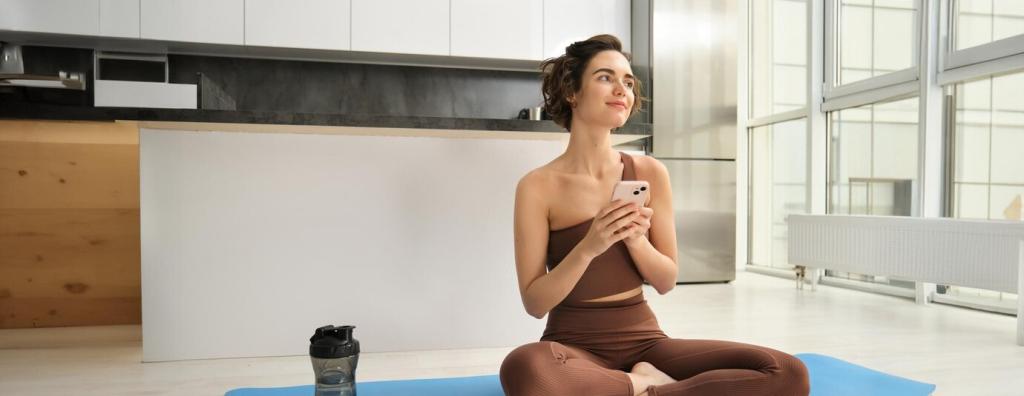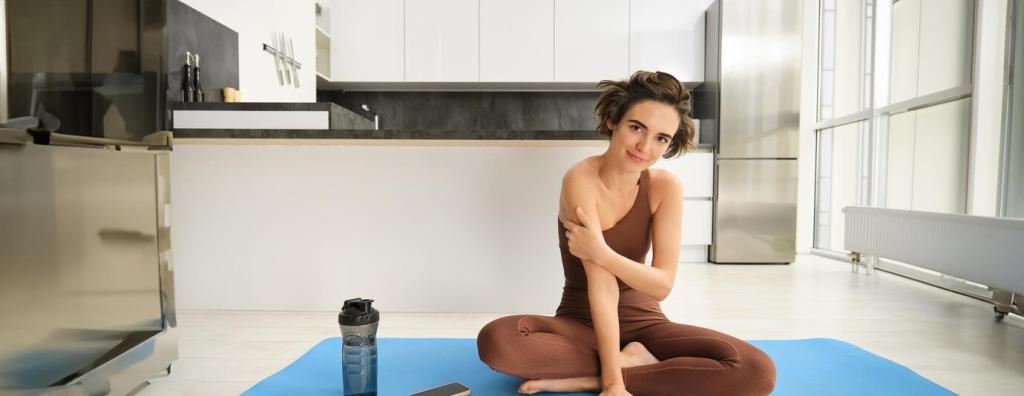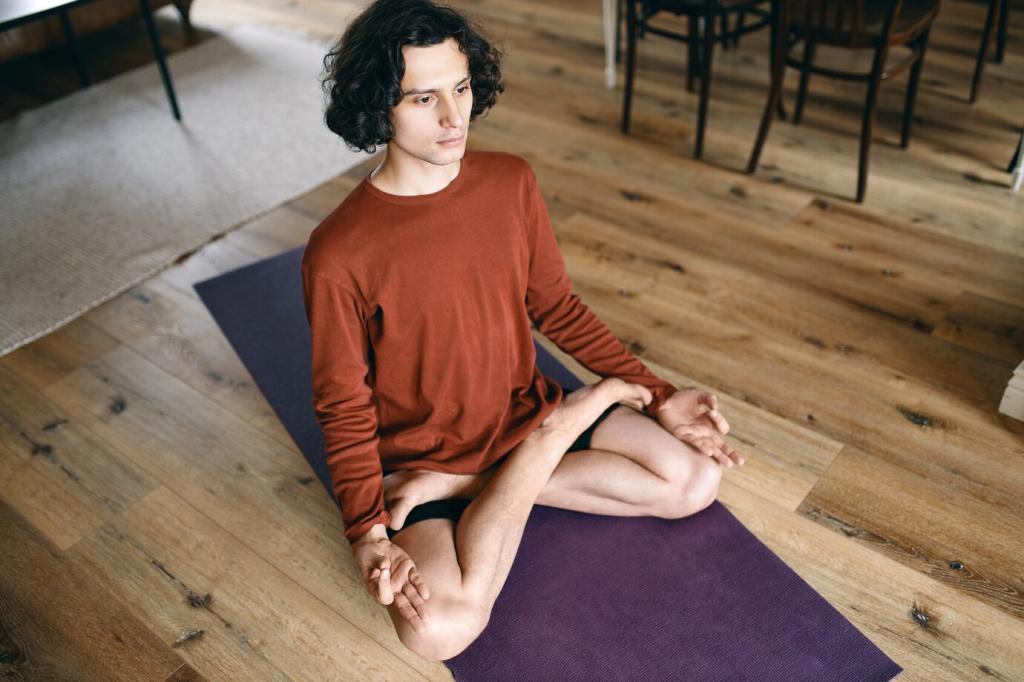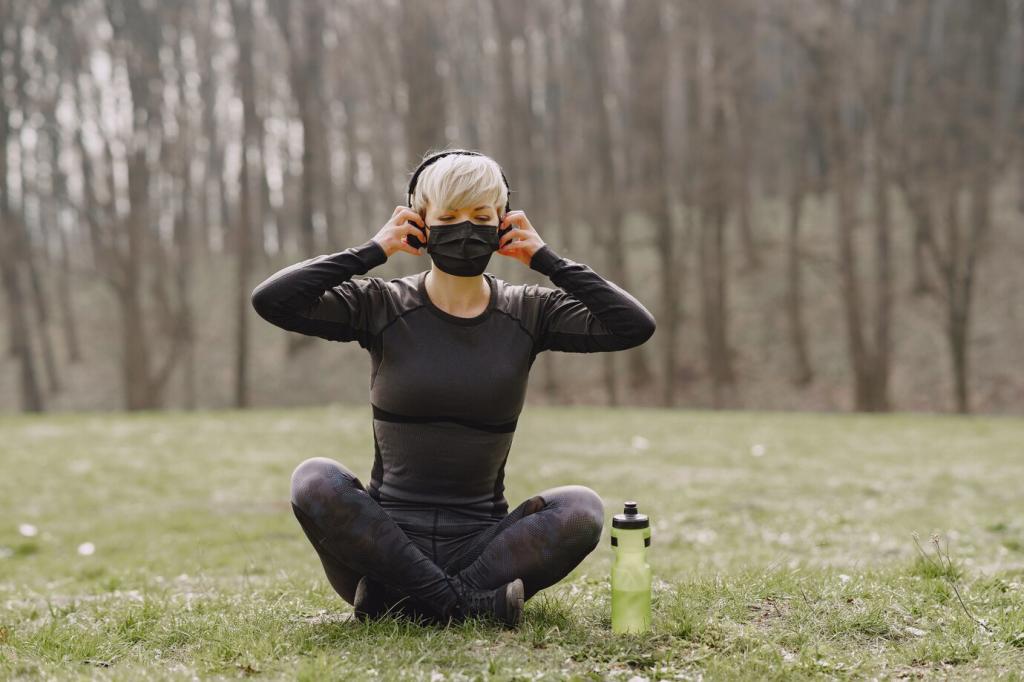Real Stories: How Yoga Softened Daily Stress
An ICU nurse, Maya used five resonance-breathing minutes after alarm-filled hours. She noticed steadier hands and kinder self-talk on the walk home. Her tip: keep a sticky note on your badge to remember to exhale.
Real Stories: How Yoga Softened Daily Stress
Between video calls, Jamal stacked two chair poses and a thirty-second forward fold. Headaches eased within a week. He now blocks calendar breathing buffers and challenges coworkers to join. What small pause could you schedule today?

